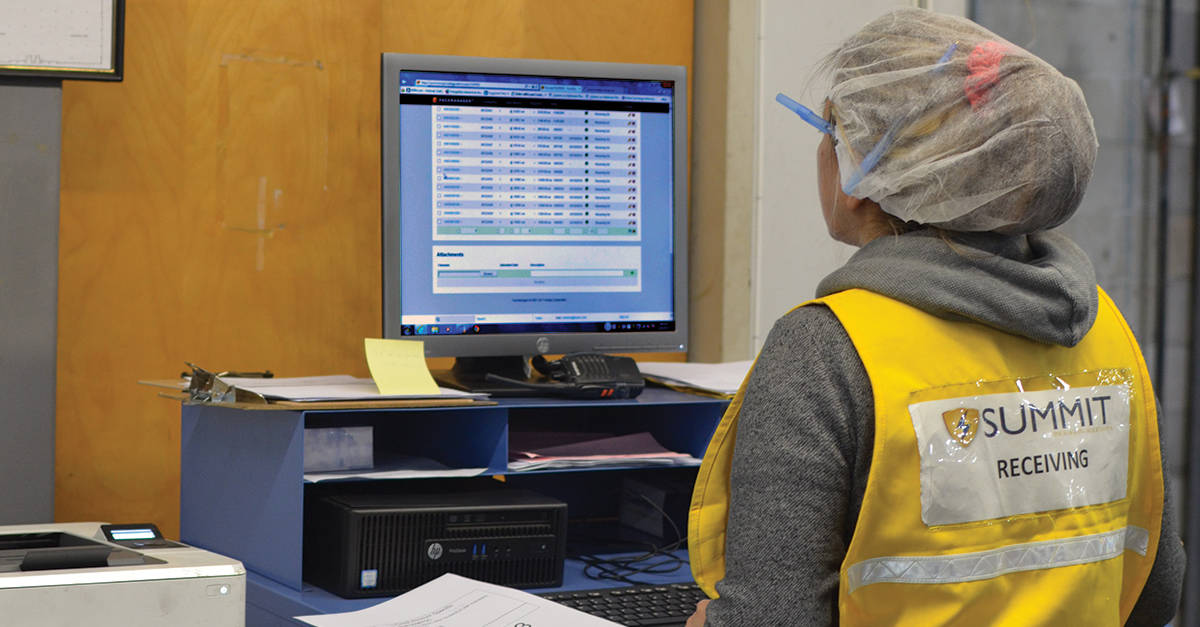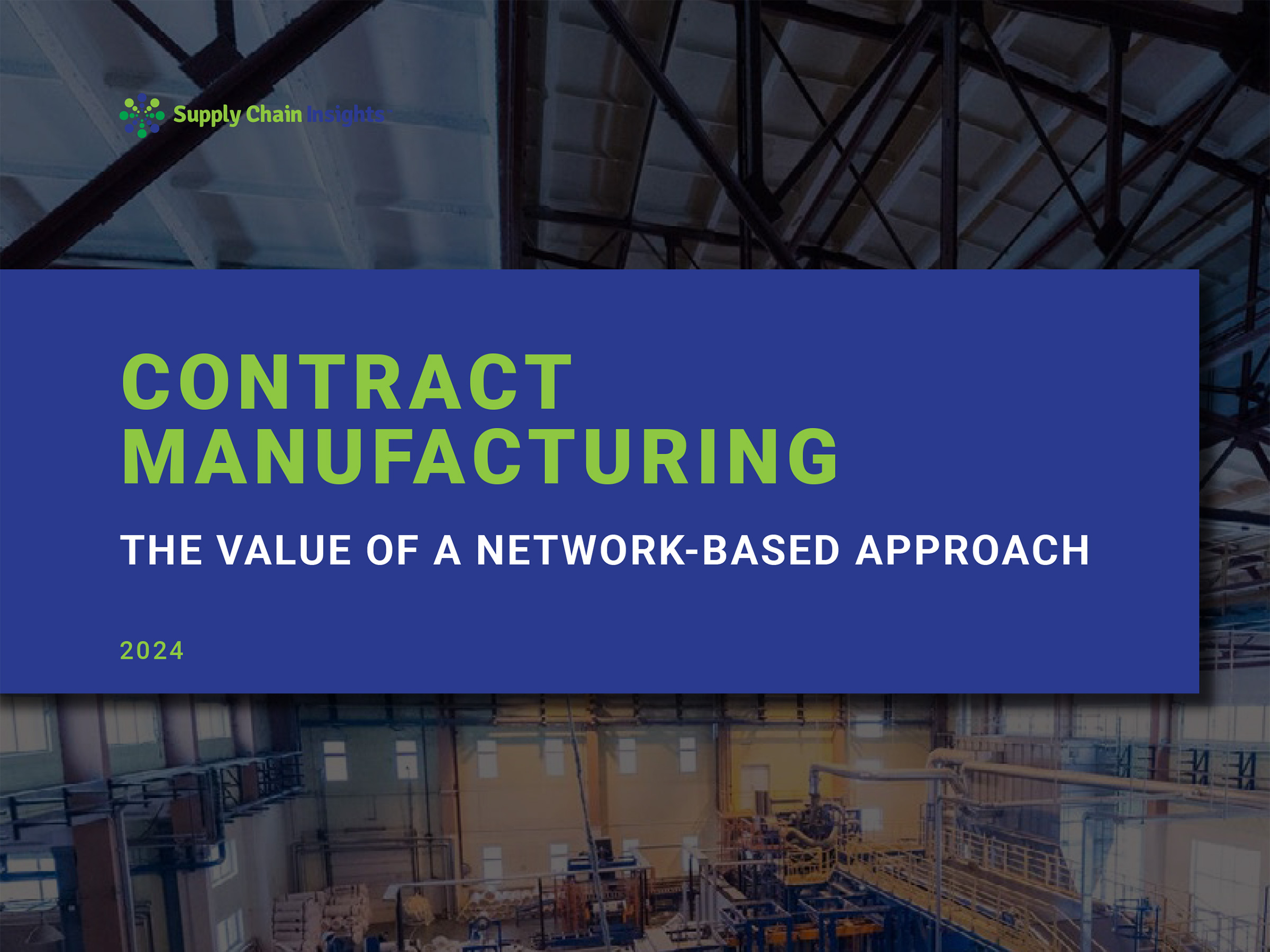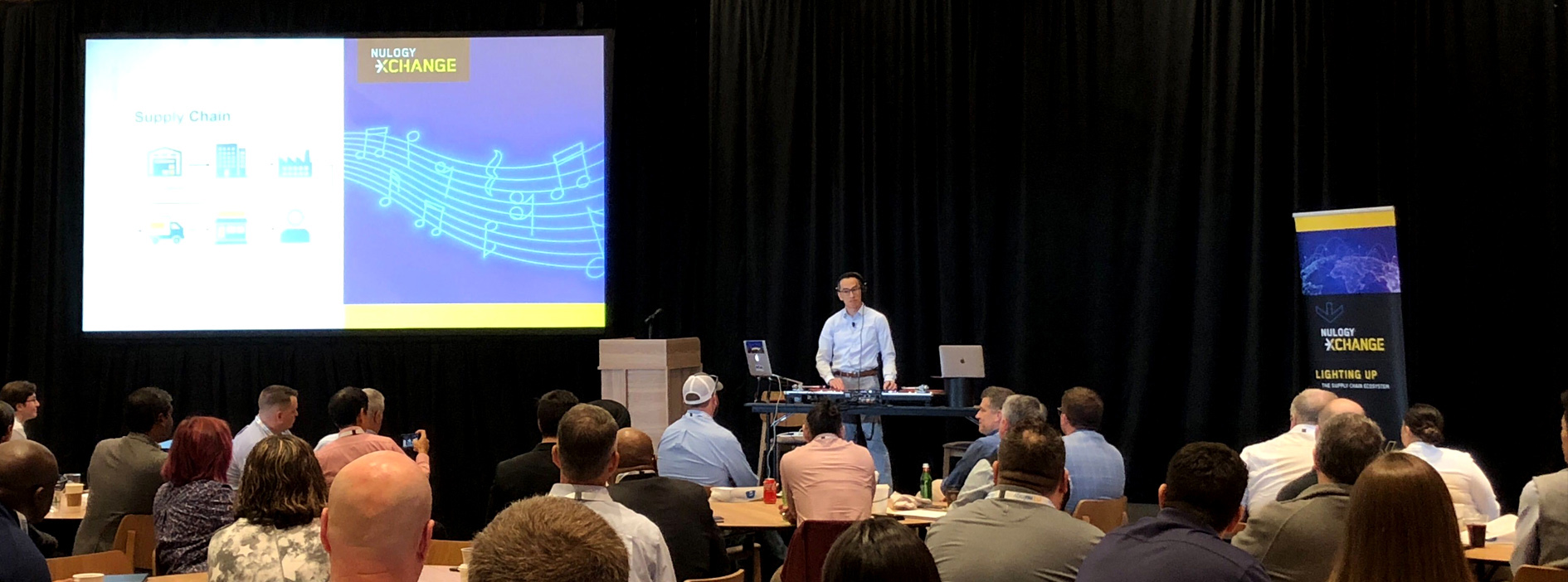When I say Lora Cecere is a powerhouse in the supply chain industry, that is not an exaggeration. With decades of experience in manufacturing supply chains, Lora has the type of intimate industry wisdom that few can rival. So, when we sat down last month to discuss supply chain trends in a webinar hosted by The Association for Supply Chain Management (ASCM), I knew the resulting conversation would be an eye-opener..
Before I dive into our webinar’s theme of supply chain excellence (Have we achieved it or is there plenty of room to grow?), I want you to throw away the expectation that we’re going to talk about network integration and enterprise automation.
Instead, prepare yourself to dive into the concept of interoperability, and the importance of the need to source, make, and deliver data to move together at the speed of today’s business.
And about today’s title regarding penguins? We’ll explain more about that a little later on.
Have We Achieved Supply Chain Excellence in Today’s World? Do You Really Want to Hear the Answer?
One key insight that Lora shared was, “If we want to make the industry better, we’ve got to unlearn.” In this instance, she was referring to long-held assumptions about how supply chains operate and manage themselves. Often in her career, she has heard the frustrated plea of, “Lora! We need to tightly integrate contract manufacturing with the enterprise’s manufacturing processes.” But what she revealed is, she doesn’t believe that addressing this concern regarding integrations will solve the industry’s desire to operate more efficiently.
Over the past three decades, in fact, Lora believes the industry has completely misunderstood the meaning of supply chain excellence and the path to get there – despite the fact that we’ve had many years to improve performance through end-to-end planning systems. According to Lora, the reason is that the industry has focused on the wrong metrics for success: namely, the over-emphasis on metrics of cost, such as OEE, instead of Supply Chain Excellence, which Lora defines as the alignment of “source, make, and deliver” to deliver the company’s operating strategy.
In fact, the data that we should be looking at–such as the increase of cycle stock and in transit stock–is proving the opposite: that our systems are fragmented and lacking the ability to move data at the speed of business and through a network. She noted that 32% of manufacturing is typically outsourced. This system fragmentation results in data latency issues of one to two days, largely due to the fact that external partners are so digitally isolated despite being so critical to production. If we think about the need and criticality of products and the fact that consumers have increasingly discerning demands, latency is a significant problem that is only compounded when you learn that just 20% of companies are clear on their operating strategy. Maybe that’s why, as Lora coins it, we’re only operating at functional excellence, at best. And according to Lora, reducing costs in order to increase OEE does not translate to improved profit margin.
I consider myself a social scientist. And my goal is to try and help [business leaders] gain the ‘first mover’ advantage.
Lora Cecere, Founder, Supply Chain Insights
The Business Metric with the Highest Correlation to Value
Of the four performance metrics—year-over-year (YOY) growth, operating margin or profitability, inventory turns, and return on invested capital—it’s growth that yields the highest correlation to business value. Growth, and therefore supply chain excellence, can only be made possible through a synchronized external supply chain. But as an industry we’re not aligned to win through this success metric, particularly in larger companies, because we’re focused elsewhere.
When you think of growth, you may think about new product launches and distribution, but one of the primary issues we’ve experienced is the latency of the contract manufacturing signal on the replenishment of a new product launch, which is not as simple as changing an engine. It requires the architecture of the signals to be able to truly align with planning, procurement, and inventory.
The ability for a consumer brand and its external supply partners to manage to work together more effectively—to become synchronized—is by implementing and leveraging the right collaboration-focused technology. Lora believes that we’ve underinvested in reliable external supply chain networks because we keep trying to upgrade existing software systems such as ERPs. She mentioned, “I would argue that with the cloud and with the advancement in networks like Nulogy, the investment is easier, it’s smaller, it’s faster time to value. But because people are so much into traditional thinking, they can’t really think about what the value proposition is.”
Be a Penguin: The Value of Becoming a “First Mover”
Many brands want to break the mold and experiment with enabling supply chain synchronization, but don’t want to be the first to take the jump. Lora shared a penguin analogy that I don’t think we’ll forget soon, and it aligns nicely with the concept of becoming an early adopter of technology that prepares you for the future. When penguins raise their young, they often find themselves on a cliff, literally, debating momentarily whether or not to stay with their young or to leave them in search of food in the water. What if there’s danger in the water? Is it safe to leave? But, nevertheless, they jump anyway – because jumping means survival.
It is the same with pursuing a network-based approach in the world of supply chain management: throw away the old concepts of integrations tightly coupled with an outdated ERP, and embrace change. Be a first mover. Be a penguin.
I believe supply chain excellence is the alignment of source, make, and deliver to deliver operating strategy.
Lora Cecere, Founder, Supply Chain Insights
The Future of Supply Chain Management
It’s always enlightening to get Lora’s insights, especially when it comes to the synchronization of the external supply chain. The future looks bright when you have expertise like hers guiding the industry.
For the full webinar, including Lora’s presentation packed full of captivating diagrams and charts to illustrate her points, check it out here.
Thanks again to Lora for joining me and to the Association for Supply Chain Management for hosting our webinar discussion. I’m always looking to expand my tribe and would love to connect on LinkedIn, so please find me there. Until next time!










